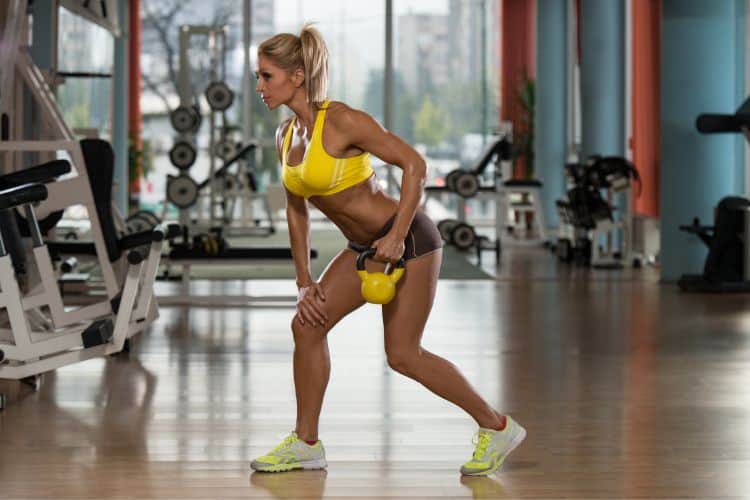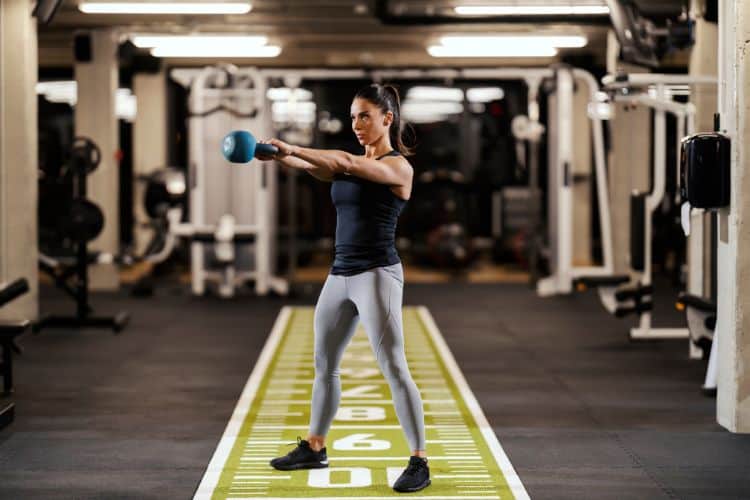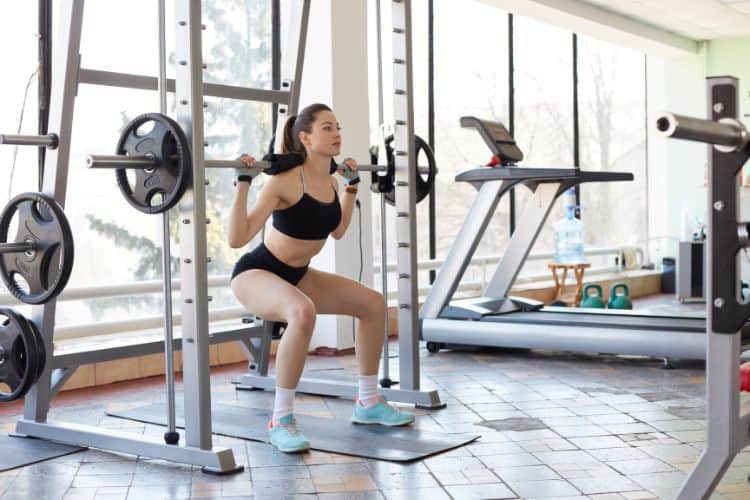Sign up for workout ideas, training advice, reviews of the latest gear and more.






If you’re looking to build strong, toned, and shapely glutes, understanding the principle of progressive overload is essential. Many fitness enthusiasts hit a plateau with their glute workouts because they repeat the same exercises, sets, and weights without pushing their limits. Progressive overload workout is the key to stimulating continual growth, strengthening the glute muscles, and sculpting a more defined lower body.
In this blog post, we’ll dive into what progressive overload is, why it matters for glute development, and how you can apply it with specific exercises and training strategies. Whether you’re training at home or in the gym, these progressive overload glute workouts will help you see real, noticeable results.
Progressive overload refers to the gradual increase of stress placed upon the body during exercise. When applied to resistance training, it involves increasing the weight, reps, sets, or intensity of your workouts over time to challenge your muscles continually. This process forces the muscles to adapt, rebuild stronger, and grow in both size and strength.
For glute training, progressive overload helps activate all three major muscles:
By progressively increasing the load or difficulty of your workouts, you encourage these muscles to grow, strengthen, and become more defined.
One of the most common reasons people fail to build glute strength or size is because they stick with the same routine for too long. The body becomes efficient at handling repeated stress, so you must increase the challenge to continue making gains.
Progressive overload also ensures that your glutes remain the primary movers during your workouts. As weights get heavier or movements become more complex, your body must recruit more muscle fibers, particularly in the glutes, to complete the task.
By applying overload progressively and intentionally, you also ensure balanced development between the glutes and supporting muscles such as the hamstrings, lower back, and quads.
There are several methods to incorporate progressive overload into your glute workout program:
The most straightforward method is to lift heavier weights over time. For example, if you’re hip thrusting 100 pounds today, aim to increase it to 110 pounds in a few weeks.
Another simple method is to increase the number of reps. If you currently do 3 sets of 10 reps of Romanian deadlifts, try moving up to 12–15 reps per set.
You can also increase total training volume by adding more sets. For example, go from 3 to 4 sets per exercise as your endurance and strength improve.
Slowing down the eccentric (lowering) phase of a movement can increase muscle tension and improve growth. A 3-second lower and 1-second lift can be more challenging than fast reps.
Switch to more challenging glute-focused exercises or progress to more complex versions of the same movement—such as progressing from bodyweight glute bridges to barbell hip thrusts.
Below are the top glute-focused exercises that respond well to progressive overload, whether at home or in the gym.
Here’s a 4-week progressive overload glute training plan for intermediate lifters. Train your glutes 2–3 times per week for best results.
Day 1:
Day 2:
Changes:
Day 1:
Day 2:
Changes:
Day 1:
Day 2:
Changes:
Day 1:
Day 2:
Keep a training journal or use an app to record weights, reps, and sets. Knowing what you lifted last week helps you know what to improve this week.
Never sacrifice proper form just to lift heavier. Poor form can shift tension away from your glutes or cause injury.
Glute muscles, like any others, grow during rest—not during training. Aim for 48 hours of recovery between heavy glute days.
A high-protein diet helps repair and build muscle. Aim for 0.7–1g of protein per pound of bodyweight if your goal is hypertrophy.
Even without a gym, you can apply progressive overload to your glute workouts at home using bodyweight and resistance bands.
Progressive overload isn’t just a method—it’s the foundation of continuous improvement. Applying this principle to your glute workouts will lead to measurable strength, size, and shape gains over time. By increasing resistance, volume, or complexity each week, you’re giving your glutes the exact stimulus they need to grow.
Whether you’re training at home or hitting the gym, the key is consistency. Stick to your plan, track your progress, and challenge your limits. With time, effort, and smart programming, your dream glutes are within reach.
Want more effective workouts?
Subscribe to our blog or follow us on Pinterest for new routines, challenges, and fitness tips!
Stay up to date on the latest women’s health, fitness and lifestyle trends and tips.